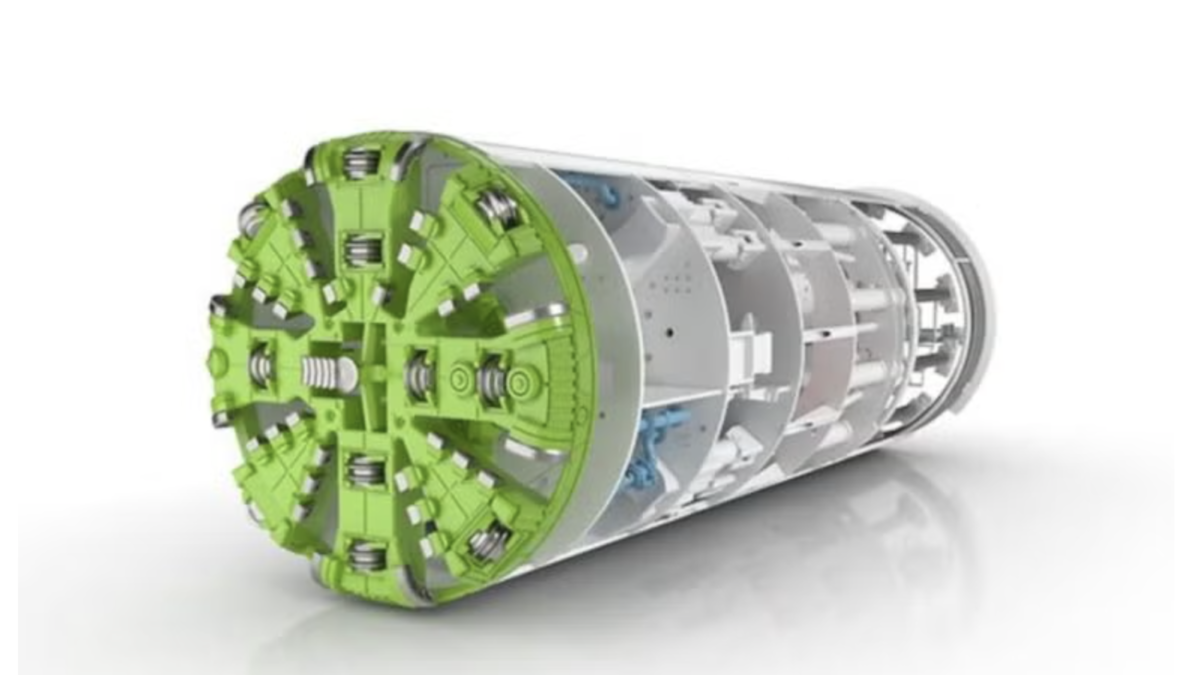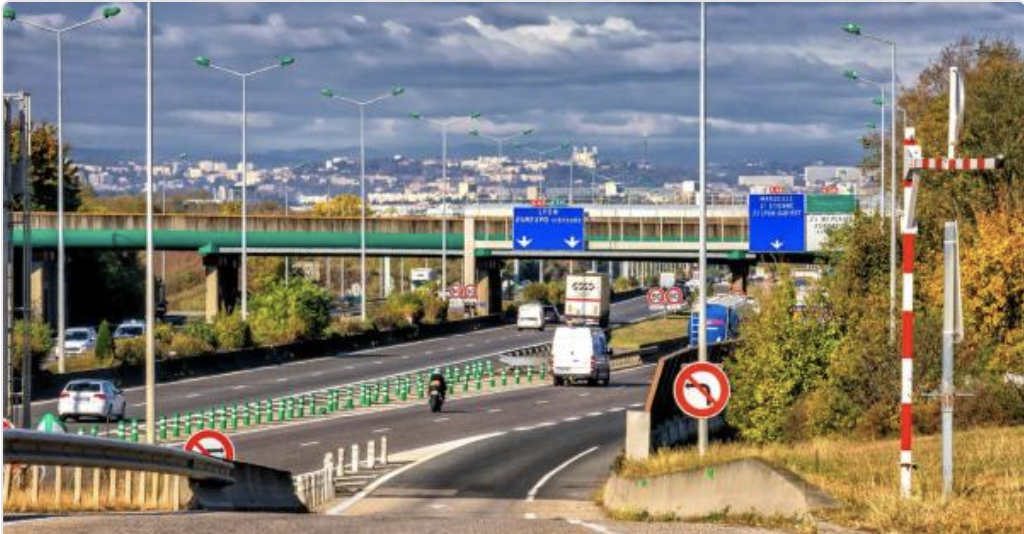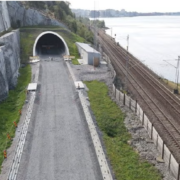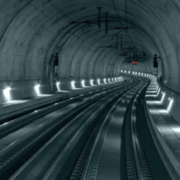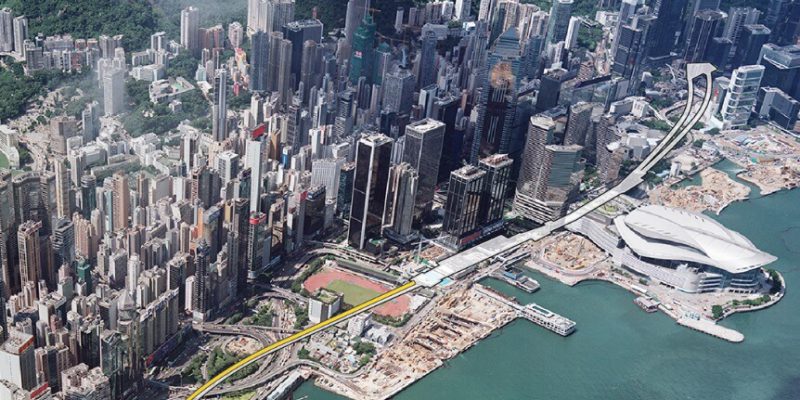
The urban environment and the critical selection of an ideal tunnel boring machine (TBM) were the main challenges in the building of twin rail tunnels in Hong Kong.
DBJV delivered the project, which was finished in 2021. (a joint venture of Dragages Hong Kong and Bouygues Travaux Publics).
Didier Jacques, delivery director for Bouygues Travaux Publics, stated there were “a lot of challenges” earlier this month at NCE’s Tunneling Festival.
The tunnels are a part of the city’s 6-kilometer Shatin to Central rail line extension from Kowloon to the transportation hub on Hong Kong Island.
The TBM had to excavate beneath and near structures, utilities, an underground railway line already in place, bridges over main highways, and trunk roads. Both the Eastern and Western Tunnels passed through the busiest parts of the city, making meticulous project planning to allow the TBMs to keep utilities and pile obstructions.
We had to get through the seawall first, according to Jacques. “To ensure that it would not move, we had to perform some underpinning. Then, in the vicinity of Canal Road, we had a flyover and a box culvert in the middle. In order to be able to remove the piles there for current tunnels as well as future tunnels, we had to remove every pile from the box culvert and underpin the flyover.”
The “busy” Gloucester Road and the Wan Chai Sports Ground were additional important areas to pass under.
TBM selection was crucial, thus the team decided on a model that had never been applied in Hong Kong.
We had to consider what kind of TBM to apply, Jacques remarked. “A Mixshield Slurry TBM or an Earth Pressure Balance (EPB) TBM is often used in Hong Kong. It was difficult to bring in something new, but we persuaded our customer that neither EPB nor Mixedshield were appropriate given the area’s poor cover or geological dangers.”
Instead, the first Variable Density TBM was applied in Hong Kong. This is a merging of EPB and Mixshield TBMs. Given the limited cover, it is crucial to prevent the blowout of foam or slurry on the surface by adjusting the density at the face to varied geology.
According to Jacques, “This TBM was exactly fitted to get through and it was a wonderful success.”



